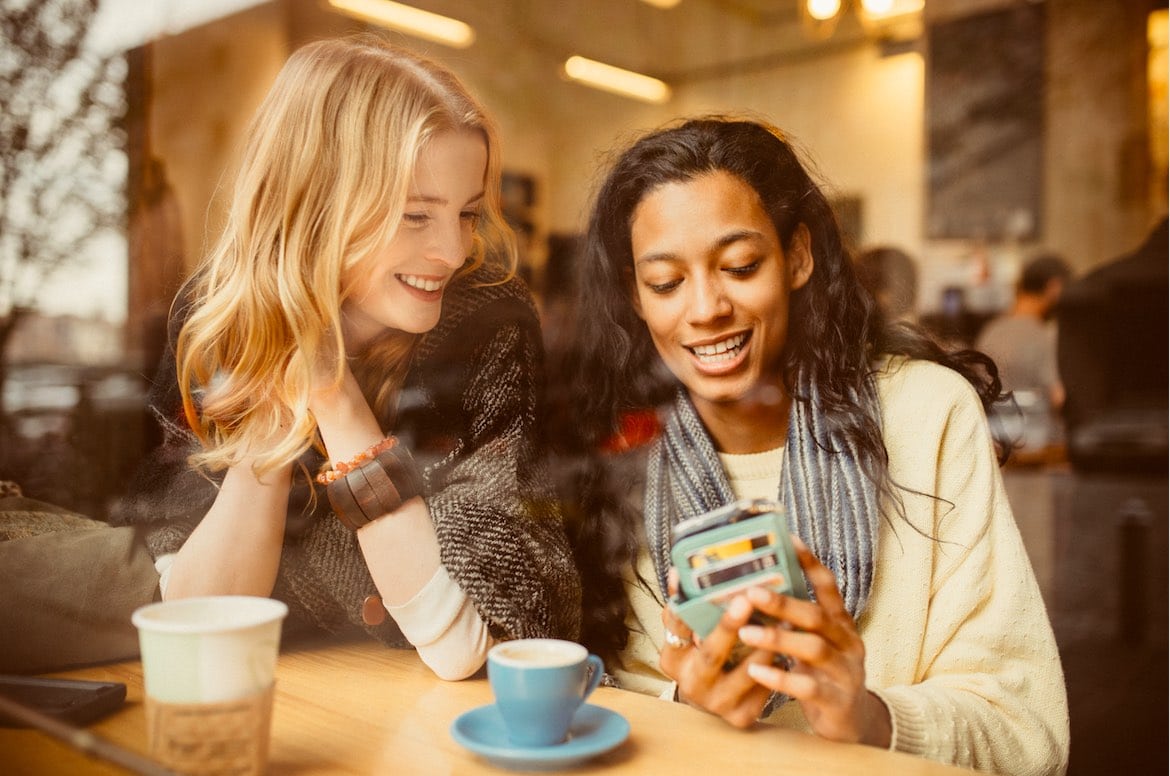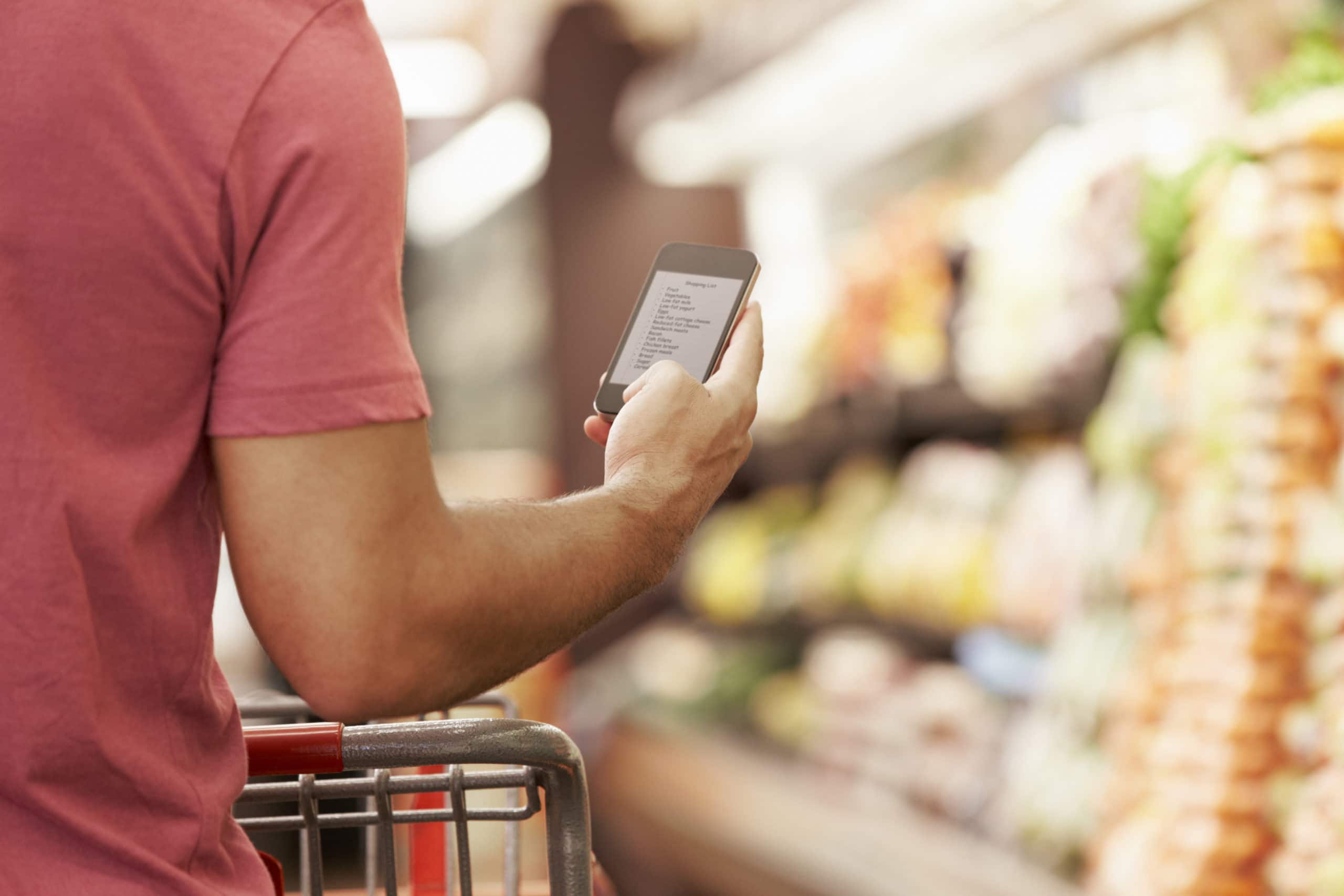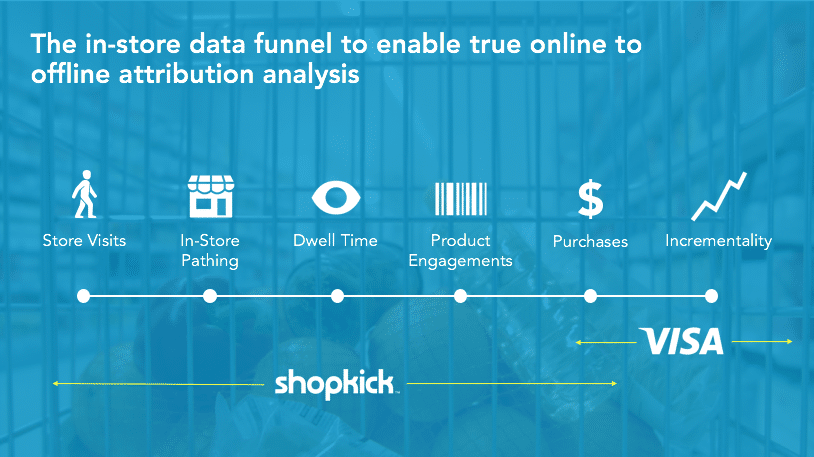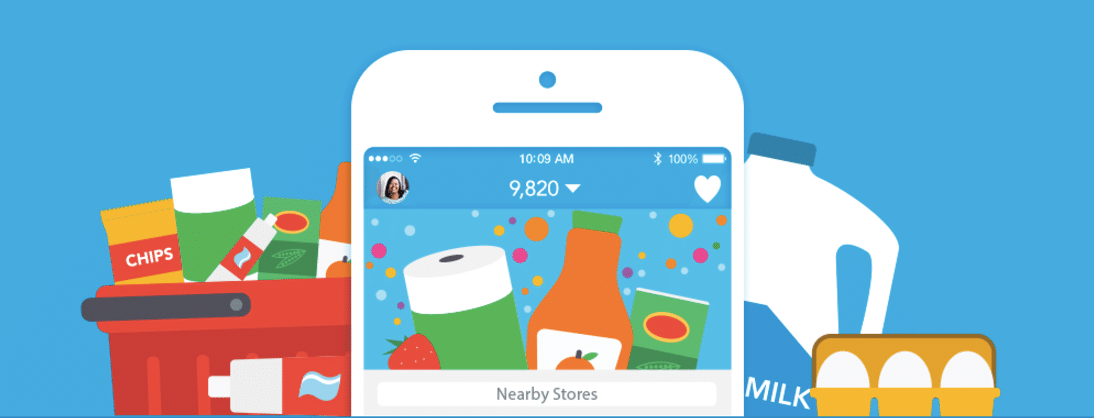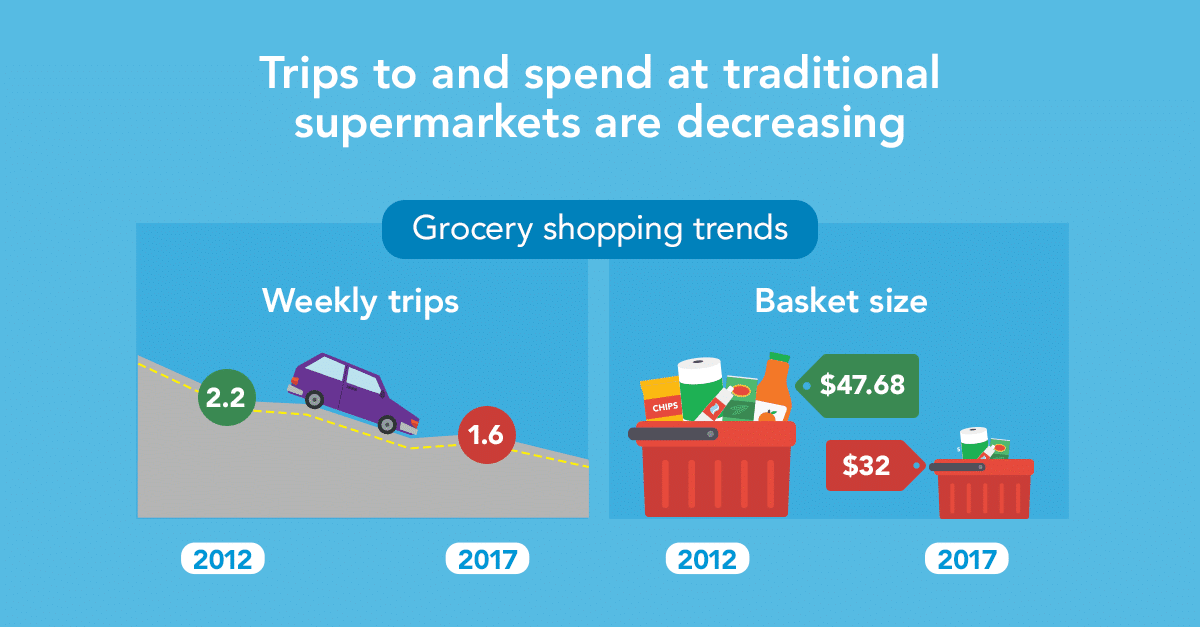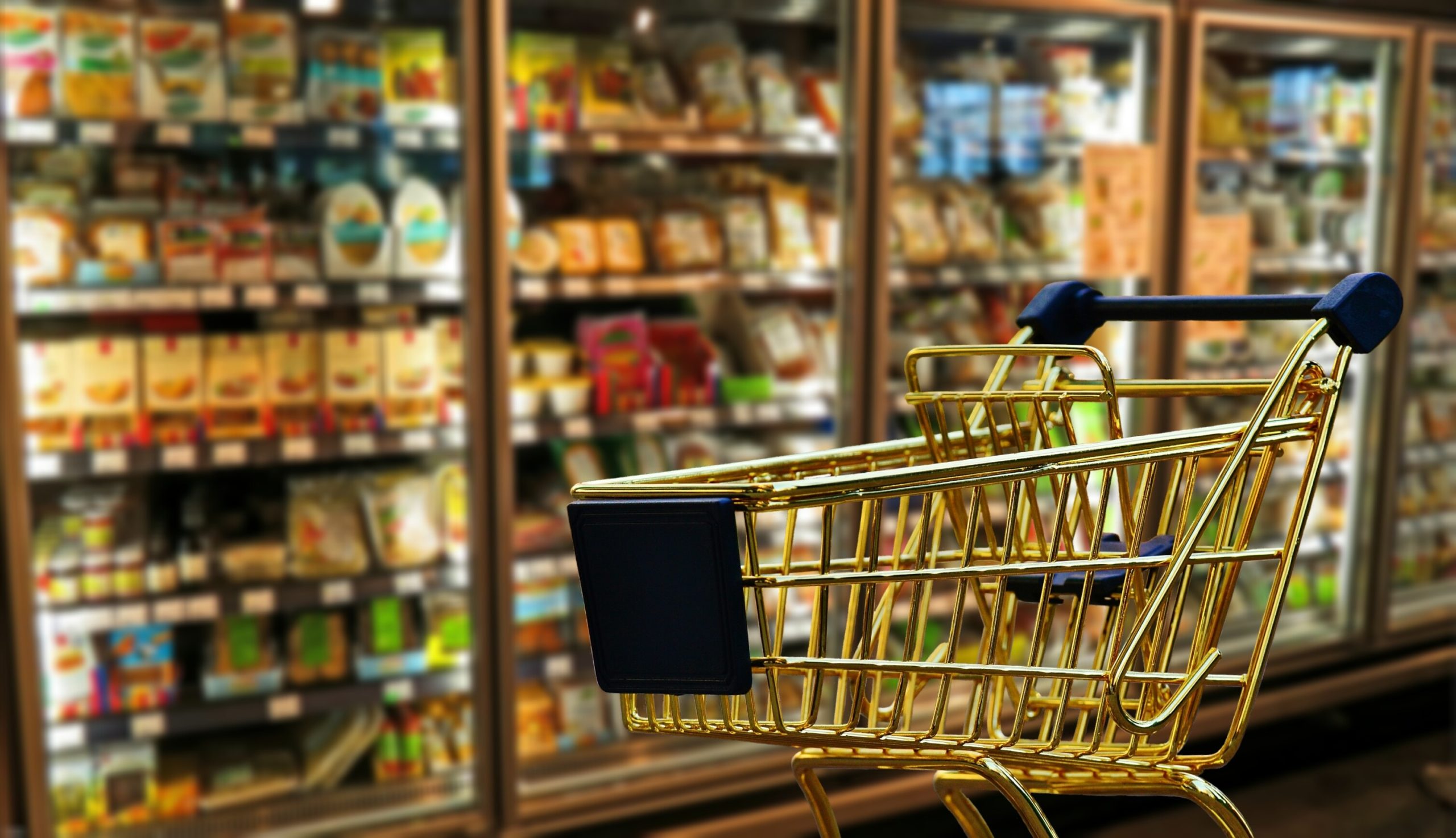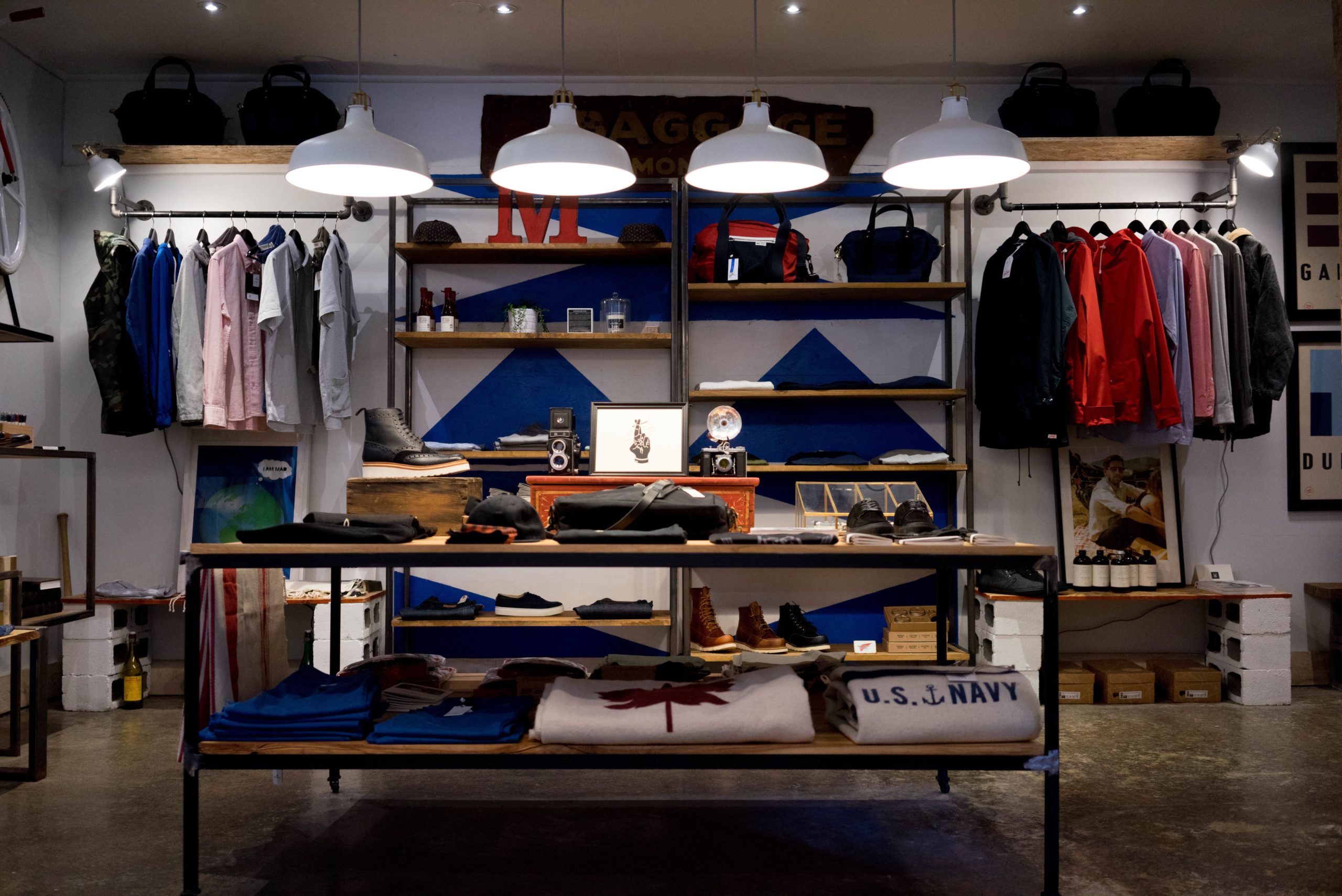Bill Demas, Chief Executive Officer
When I joined Shopkick as CEO a little over a year ago, one of my first goals was to craft a clear vision and set of values for the company. Our vision became “to create rewarding shopping experiences anytime, anywhere.” Today, I’m pleased to share with you our progress delivering two key elements of this: “rewarding” and “anytime, anywhere.”
The dictionary definition of rewarding is ‘giving satisfaction, pleasure or profit.’ I am proud we have done this for our users in a few ways:
- Helping users earn gift cards and prizes for what they already do in store: In our history we have given our users more than $58 million of gift cards and prizes for things they already do: visiting their favorite stores, interacting with new and popular products (via scanning), and watching videos and exploring content within our app. Of course, we also offer a high number of kicks for buying those products as well. Personally, I have 20,000 kicks and can’t wait to earn free Beats headphones with 30,000 more!
- Getting users on the move and socializing with friends: To my surprise, we have heard from many users the social aspects of what makes Shopkick special for them. This can be re-connecting with a significant other or friends on the weekend by Shopkicking through cities or malls in the suburbs. I love the story of Surbhi from San Francisco who was Shopkicking with a friend and ran into other people doing the same. According to her, they “laughed about it and it created a bond between [them],” and new friendships were born.
- Helping our users’ favorite charity win a $50,000 donation from Shopkick: By doing exactly what they do every day – walking into stores, scanning product barcodes and buying product – users can help your favorite charity win the big prize. The charities are Adopt A Classroom, American Red Cross, Feeding America, National Breast Cancer Foundation and Room to Read.
To deliver on our ‘anytime, anywhere’ promise, we are excited to share several new features for our users:
Rewards “anytime, anywhere”: Today we launched a new mobile commerce offering that works with the following online merchants with more to come: Apple, Boxed, eBay, Groupon, Jet and Spring. Now Shopkickers can take the kick-earning actions they do in physical stores and translate them to online rewards from the comfort of their own homes! By visiting a mobile retail partner while at home – the digital version of walking into a store – users will earn kicks. By browsing mobile offers and products – just like scanning a product in-store – users will earn kicks. And by purchasing online, like they would do in a store, our users will earn kicks, all redeemable for those gift cards and prizes!
More gift cards and prizes, including Amazon: Our users have told us that their number one gift card addition is Amazon. You can now redeem your kicks to earn Amazon gift cards in denominations of $5, $10 and $25. We will also be adding Crocs and several other reward partners in the coming months.
As you can see, we are relentlessly focused on “creating rewarding shopping experiences anytime, anywhere.” If you have more ideas or any feedback for me – and I will read it all – please don’t hesitate to reach me at ceo@shopkick.com.
In my next post, I’ll discuss our primary company value: putting our users first and obsessing about their experience. Until next time, enjoy your summer and happy Shopkicking!

